Mars
NASA’s Charles Bolden Discusses Why “Mars Matters”
Humanity Closer to Mars Than Ever According to NASA
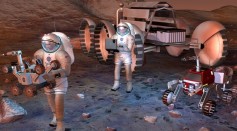
Signed Up to Go to Mars? Better Think Again, While You Have the Chance
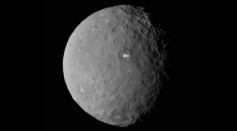
Are Ceres' Bright Spots Signs of Alien Life? NASA Wants You to Weigh In

Cosmic Radiation Reveals Devastating Affects on the Brain—What Plans Will This Change for NASA?
Life Underneath Antarctica May One Day Reveal Life On Colder Planets
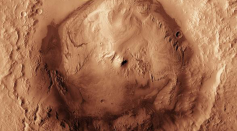
Curiosity Finds Compelling Evidence of Liquid Water Near Martian Surface
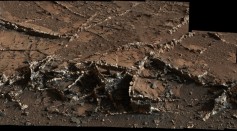
Curiosity Rover Curious About Ice Cream Sandwich Rock Formations
NASA Aims to Put Astronauts on Mars by 2039
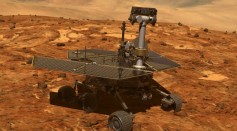
More Memory Problems for NASA's Opportunity Rover
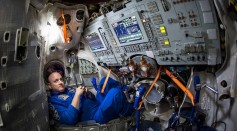
Can People Really Live Forever in Space? New NASA Study Looks to Answer that Question

Opportunity Sets Marathon Record on Mars
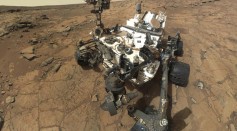
Curiosity Finds Live-Supporting Nitrogen on Mars
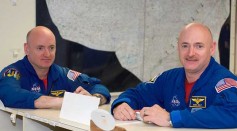
Space Twin Experiment Set to Answer NASA's Biggest Question
Most Popular

Sports Supplements For Brain Health? Creatinine May Improve Cognitive Ability Among the Sleep-Deprived, Study Reveals

Earth's Magnetic Field Nearly Collapsed 600 Million Years Ago, Sparking Evolution of More Complex Life

'Ugliest Man' With Physical Deformity Finds Love Three Times; What Is Fibrodysplasia Ossificans Progressiva (FOP)?

Functional Human Brain Cells Made From Salt and Water Mark Significant Step in Iontronic Neuromorphic Computing

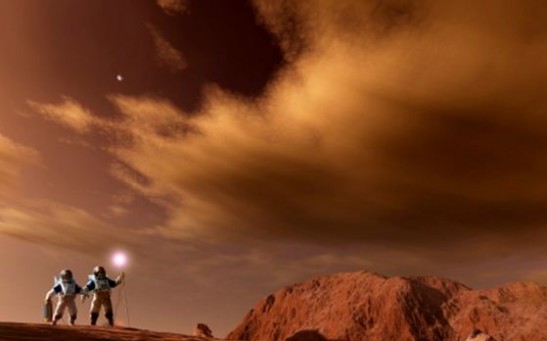

!['Cosmic Glitch' in Einstein's Theory of General Relativity Could Be Explained in This New Scientific Tweak [Study]](https://1721181113.rsc.cdn77.org/data/thumbs/full/53435/258/146/50/40/cosmic-glitch-in-einsteins-theory-of-general-relativity-could-be-explained-in-this-new-scientific-tweak-study.jpeg)


